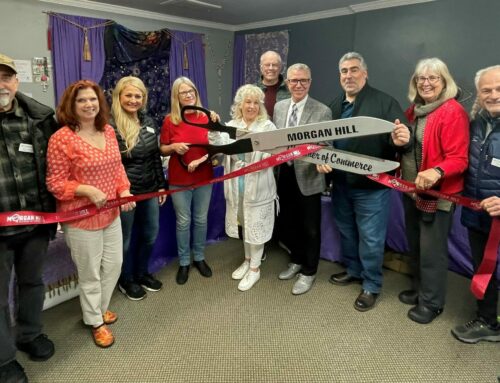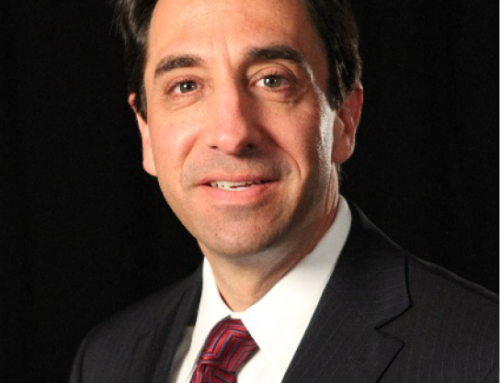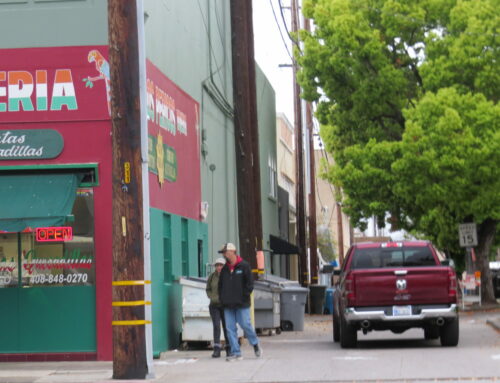Measure S and Measure H are on Nov. 8 ballot
Published in Morgan Hill October 12-25, 2016
With concerns about how a growing population will impact the region’s quality of life in the coming decades, voters in Morgan Hill and Gilroy will decide on two ballot measures that attempt to manage residential development. The decision citizens make Nov. 8 will shape the region’s future as Silicon Valley people and companies increasingly seek land in the southern half of Santa Clara County.
Measure S, a slow-growth initiative placed on the ballot by the Morgan Hill City Council, continues the city’s Residential Development Control System, which was first implemented by voters in 1977 when increasing home development placed a burden on the infrastructure and schools. It will set a population cap of 58,200 residents for the year 2035. The ordinance would also fix an annual maximum of 215 housing allotments. It will change the RDCS to enable the council to set that number at lower than 215 allotments if needed.
Measure H was put on the ballot by a group of citizens calling themselves Gilroy Growing Smarter. It takes a different approach than Measure S’s population cap by focusing instead on creating a perimeter around Gilroy called an Urban Growth Boundary. The UGB sets a line on a map that marks the limit of a city’s growth for an extended period of time. The boundary would show how far out Gilroy citizens might their city to expand until the year 2040. The Gilroy City Council must follow this voter-approved boundary, but it can make exceptions in certain cases for schools, public facilities, affordable housing and large industrial projects.

Photo by Marty Cheek
Solera Ranch is being built by City Ventures just off Old Monterey Road north of town.
In the past three and a half years, Morgan Hill’s Planning Commission, RDCS working group and city staff have teamed with the community to update the RDCS and prepare it for the ballot as Measure S. Approving the measure will ensure a continuity in voter-approved controlled growth so there is never a period when housing growth would be unconstrained, said Morgan Hill City Manager Steve Rymer.
“Without Measure S being approved, there is a high probability that housing developers would be able to submit building plans for an undefined number of houses as long as they comply with the city’s General Plan and Zoning Code upon expiration of the current RDCS,” he said. “With Measure S being approved, the city would be able to limit the number of houses to no more than 215 beginning with the fall 2017 housing competition, which controls growth for houses built beginning in July 2019 and into 2020.”
Countering Measure S is Greenbelt Alliance, an environmental policy lobby group based in San Francisco. It is encouraging a “no” vote because it says the proposed RDCS re-authorization includes changes such as removing what it calls a “crucial provision” that prohibits outward expansion of the city unless there is insufficient land available for five years of residential growth.
“Changing the city’s General Plan in the way proposed by the weakened RDCS would replace farmland with traffic and sprawl,” said Brian Schmidt, program director.

Voters deciding in favor of Measure H will shape the future of their own city’s growth by guiding development of homes and businesses in a compact shape and preserve open space and farm land surrounding Gilroy, said Connie Rogers, co-chair of Gilroy Growing Smarter and a former councilmember. Measure H will also encourage developing the city center and downtown instead of far-flung commuter housing, she said.
“Measure H will prevent us from becoming another San Jose, sprawling out into the farmland, one housing tract after another,” she said. “It gives Gilroy voters a critical say in how far out the city will grow.”
Organizers of Measure H also believe it will slow residential growth because the city needs to think more carefully about providing types of housing that are affordable to the people who work here, Rogers said.
The Gilroy Chamber of Commerce and the Gilroy Economic Development Corporation recommend a “no” vote on Measure H, however, based on how they both believe it will negatively impact the quality of life in terms of possible reduced development funding for city services and infrastructure. Fiscal impacts on the city are included in the “9212 Report,” a city-funded independent report on UGB impacts. The report projects a loss of 45 percent in potential jobs if Measure H were implemented under the adopted 2020 General Plan.
“The analysis indicates that sales tax and property taxes would be reduced by $9 million with the Urban Growth Boundary,” said Tammy Brownlow, president of the EDC. “These are general fund revenues that pay for public safety, street maintenance, parks and recreation and other basic city services.”
Measure H’s UGB draws a “harsh boundary” around Gilroy that will have lasting impacts for the community, she said. Measure H’s language is also “very vague,” she said. It includes mandatory findings be made, including “feasibility” of re-designating land within the UGB or with “modification,” which may make it difficult for businesses to decide to move to Gilroy.
“None of this is well defined. There is also a requirement that there be a pending application for a specific development,” she said. “That is unlikely to happen as the current process without the UGB can take up to two years. If a proposal is outside the UGB, you can add another year, assuming LAFCO approves, which is always unlikely. No company will enter into this lengthy and uncertain process.”
With Silicon Valley’s expanding population, the stakes are rising for South Valley. The decision voters make Nov. 8 on Measure H and Measure S will set land-use policy shaping the quality of life of local residents for generations to come.
This story is the first of a two-part series. The second part will be published in the Oct. 26 issue of Morgan Hill Life.







